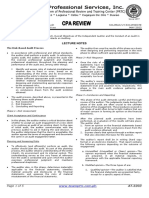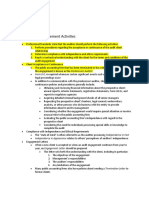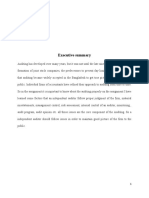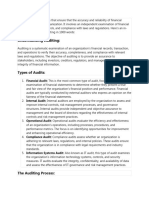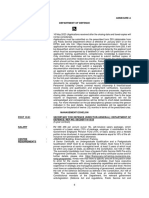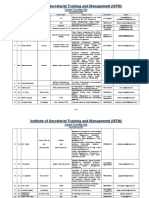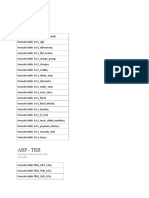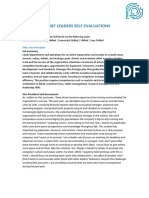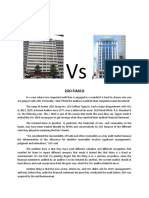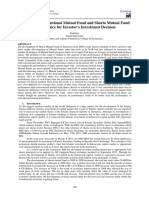0% found this document useful (0 votes)
70 views7 pagesAuditing Principles and Practices I
This document discusses key concepts related to auditing principles and practices. It covers the nature, purpose and scope of audit and assurance services, which involve providing independent assessments of financial statements, internal controls, and business operations. The document also discusses the historical development of auditing, important terminology, the client acceptance and audit planning processes, auditor responsibilities and obtaining evidence, and recognizing social and ethical issues in auditing.
Uploaded by
Gemeda TuntunaCopyright
© © All Rights Reserved
We take content rights seriously. If you suspect this is your content, claim it here.
Available Formats
Download as DOC, PDF, TXT or read online on Scribd
0% found this document useful (0 votes)
70 views7 pagesAuditing Principles and Practices I
This document discusses key concepts related to auditing principles and practices. It covers the nature, purpose and scope of audit and assurance services, which involve providing independent assessments of financial statements, internal controls, and business operations. The document also discusses the historical development of auditing, important terminology, the client acceptance and audit planning processes, auditor responsibilities and obtaining evidence, and recognizing social and ethical issues in auditing.
Uploaded by
Gemeda TuntunaCopyright
© © All Rights Reserved
We take content rights seriously. If you suspect this is your content, claim it here.
Available Formats
Download as DOC, PDF, TXT or read online on Scribd
/ 7









